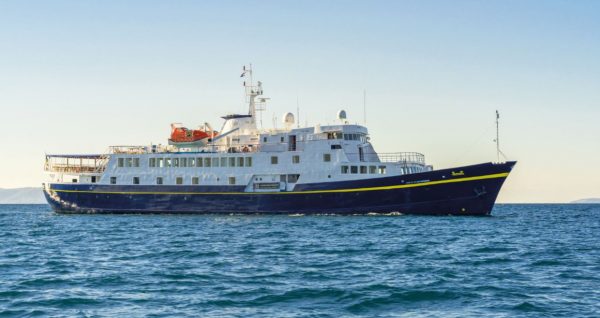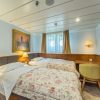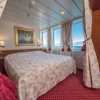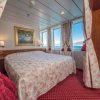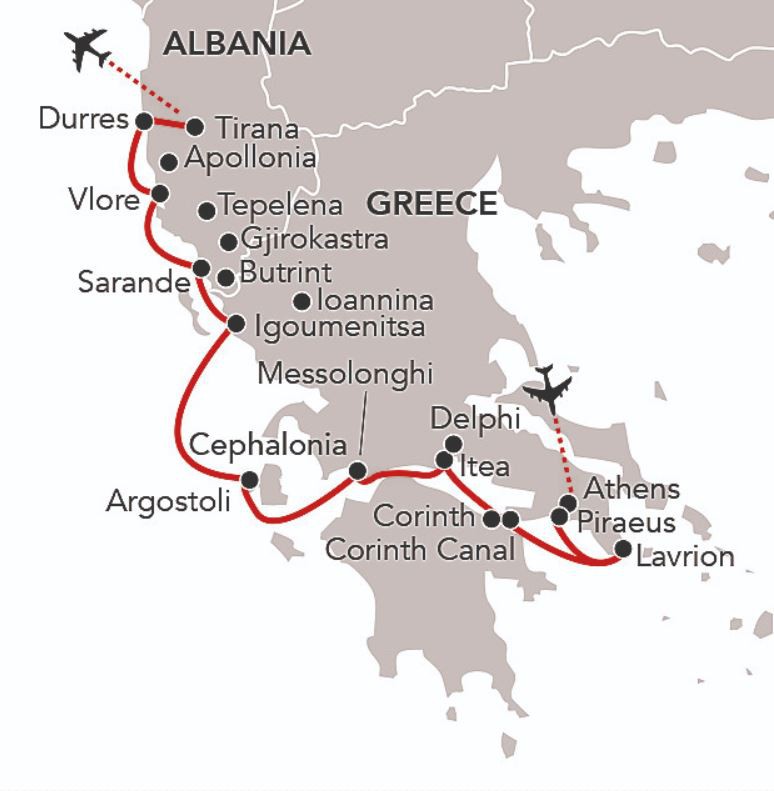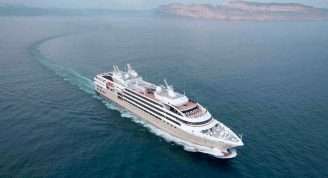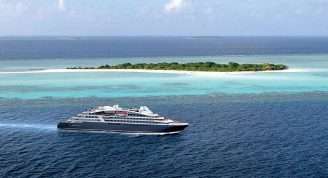Description
In 1809 Lord Byron set sail on his two year Grand Tour which ultimately took him to Albania and Greece with his great friend John Cam Hobhouse. He fell in love with the region and the people and whilst on tour he began work on the poem ‘Childe Harold’s Pilgrimage’ which when published on his return shot him to literary stardom. Byron was the ideal Romantic poet, gaining notoriety for his scandalous private life, described by Lady Caroline Lamb as “mad, bad and dangerous to know”. From his letters written whilst touring we gain an insight into the man, his perceptions and the times as well as the excitement he felt on his first journey to the ‘Orient’. As we travel down the coast of Albania and Greece we will visit many places Byron explored and learn of the colourful characters he encountered including the formidable tyrant Ali Pasha of Tepelena.
Byron’s passion for Greece never faltered and in 1823 he returned to the island of Cephalonia, spent £4000 refitting the Greek Fleet and took command of a Greek unit of freedom fighters against the Ottoman Empire. His short but chaotic and fascinating life ended in Messolonghi in 1824 where he died of a fever. Looking at a beautiful region such as this through the eyes of someone who lived two hundred years ago does add an extra dimension to the geography and history and introduces us to more recent events in a corner of Europe with a deeply complicated past.
Our fascinating itinerary combines some ‘must see’ historical wonders together with little known and rarely visited places that are perfectly suited for our vessel. With a maximum of just 50 guests, our trips ashore will be a pleasure as we explore with our Guest Speaker and local guides, adding immeasurably to our knowledge of the region. Towards the end of our voyage, ensure you are on deck for our transit of the Corinth Canal which, whilst only built in the 19th century, was conceived as long ago as the 7th century BC, a wonderful end to our cruise and only possible aboard a small ship such as the MS Monet.


